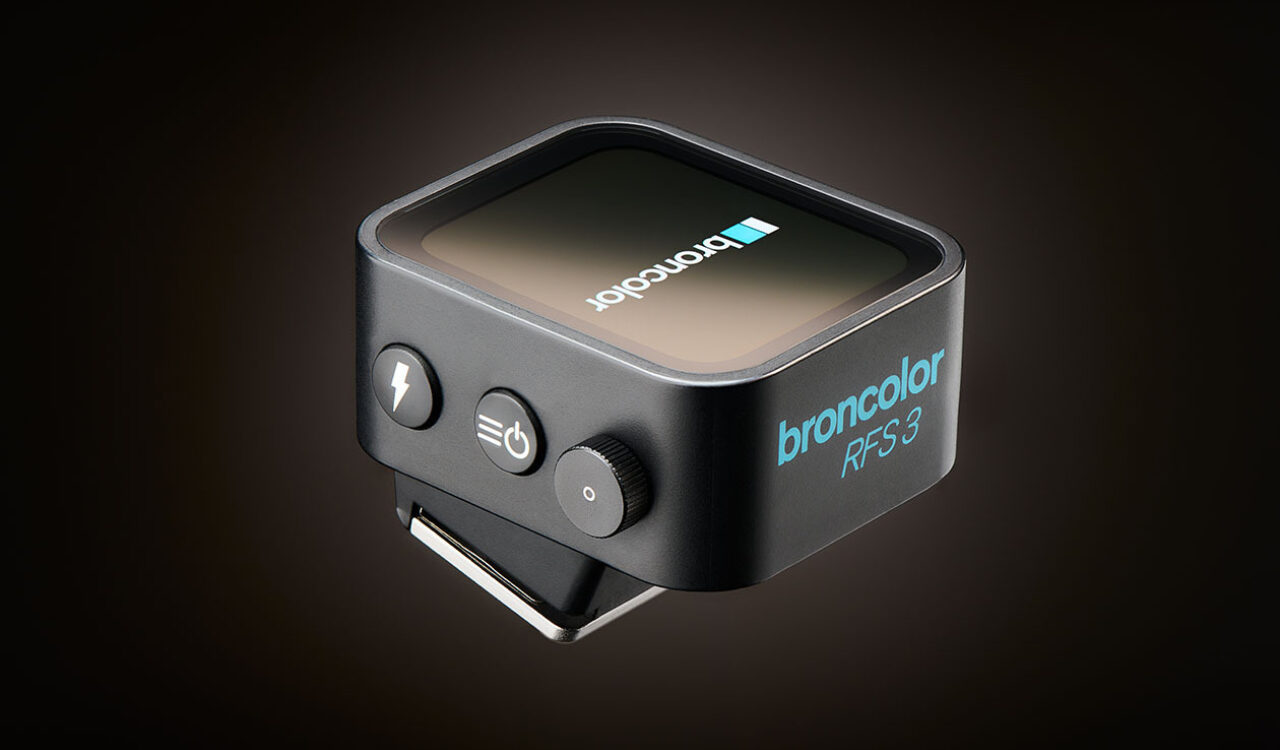How to: Reducing black frames when using camera triggers
broncolor RFS triggers are reliable tools for professional photographers to capture high-quality images. However, sometimes the users might face problems while triggering the flash, resulting in black frames. This issue can be caused by various factors, including interference from Wi-Fi and Bluetooth signals, simultaneous use of third-party triggers, and other environmental factors. This article aims to explain the reasons behind black frames and provide solutions to overcome this issue.
The three most common reasons behind black frames
(1) Interference from Wi-Fi and Bluetooth signals: Wi-Fi and Bluetooth signals operate in the same 2.4 GHz frequency band as most remote camera triggers. This frequency band is available globally but is shared among many technologies. These signals can interfere with the trigger's frequency, causing sporadic or complete failure of triggering the flash. The interference can be caused by electronic devices such as cordless phones, microwave ovens, or wireless speakers.
(2) Built-in trigger systems: Some camera manufacturers have built-in trigger systems for specific flash units that operate on the same frequency band as remote camera triggers. These systems are not compatible with broncolor RFS. If the built-in triggers are active simultaneously while using the RFS trigger, they can cause interference resulting in black frames.
(3) Environmental factors: The position of the camera, trigger, and flash generator can also cause black frames. If the camera and trigger are too far away from the flash generator/monolight or blocked by objects, the signals might not reach the flash unit properly, causing black frames.
Solutions to overcome black frames
Check for interference from Wi-Fi: To avoid interference from Wi-Fi signals, customers should switch the remote trigger to a completely different channel. Most remote camera triggers have multiple channels, and changing the channel can help avoid interference from other devices.
Rotate the flash generator: If using a generator instead of a monolight there is flexibility for positioning the generator without altering the lighting setup. Sometimes, rotating the flash generator around its axis or moving it slightly to another position can result in better reception, avoiding black frames. Experimenting with the position of the flash generator can help overcome this issue.
Turn off third-party trigger systems: Users should turn off any built-in third-party remote trigger systems that are not in use on the studio set. This can help avoiding interference and ensure that the remote trigger works correctly.
Conclusion
Black frames can be a frustrating issue for photographers. However, by understanding the reasons behind black frames and following the solutions mentioned above, users can avoid this issue and capture images reliably. It is crucial to experiment with the position of the flash generator and to change the channel of the remote trigger to evade interference from other devices. Turning off any built-in third-party remote trigger systems that are not in use at the set can also help to overcome black frames.








